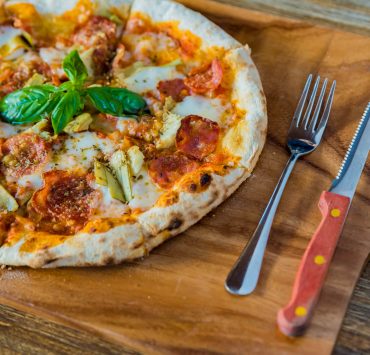Before anything else, let me ask you, how’s your savings account? Is it happy and full? Or hanging on for dear life? If your answer is the latter, then you better keep reading.
We’ve introduced a couple of Japanese lifestyle concepts in the past, but none in the field of finance as of late. Enter kakeibo, the Japanese art of saving money.
Kakeibo literally translates to “household financial ledger,” and is common among households in Japan. It’s an old-fashioned way to keep track of your expenses by using good ole pen and paper. The concept of kakeibo was first published in a woman’s magazine by journalist Motoko Hani in 1904. She believed that financial stability is crucial to achieving happiness (amen), and wanted to spread the idea to help others manage their finances responsibly.
The kakeibo method begins each month by filing fixed income and expenses, followed by writing your savings goal, including listing down ways on how you can reach that amount. For example, if you have a big trip coming up, you have to save P1,000 every cut-off and pack lunches at work to avoid additional expenses when you eat out.
Your expenses will be divided into four categories called “pillars,” and are as follows:
Survival – This where your basic necessities come in. Expenses such as bills, groceries, medical, etc. fall under this category.
Culture – These are the costs acquired by cultural activities like going to the movies, museum or heritage tours, concerts, and the like.
Optional – This covers the things that you don’t need but want: shopping, nights out with friends, and pamper sessions.
Extra – Also called as your emergency fund, this includes unexpected expenses like repairs, replacements, or gifts.
At the end of the month, ask yourself the following questions:
“How much money do I have?”
“How much do I like to save?”
“How much did I spend?”
“How can I improve my spending habits?”
In Japan, financial literacy is taught an early age. According to Moni Ninja, the children are taught “that the more money they save, the higher the quality of personal items they can buy in the future.” Even in the world of finance, quality trumps quantity.
There’s a kakeibo book available in Japan (using cute, illustrated characters like the Savings Pig and the Expenses Wolf) but a regular bullet-style journal will suffice. What’s important is that you write everything—down to the last cent—to train yourself to be more accountable for your resources.
Photos courtesy of Instagram users @cliff.calvin and @kgg.0u0
Read more:
Ikigai is the new Japanese lifestyle trend anyone can do
Avoid these mistakes when eating Japanese food
This ancient Japanese philosophy will be your new guide to modern life
Read more from Bea Llagas:
Embrace negative space with the Japanese concept of “Ma”
Fukudaya spins traditional Japanese taste with modern techniques
Writer: BEA LLAGAS




